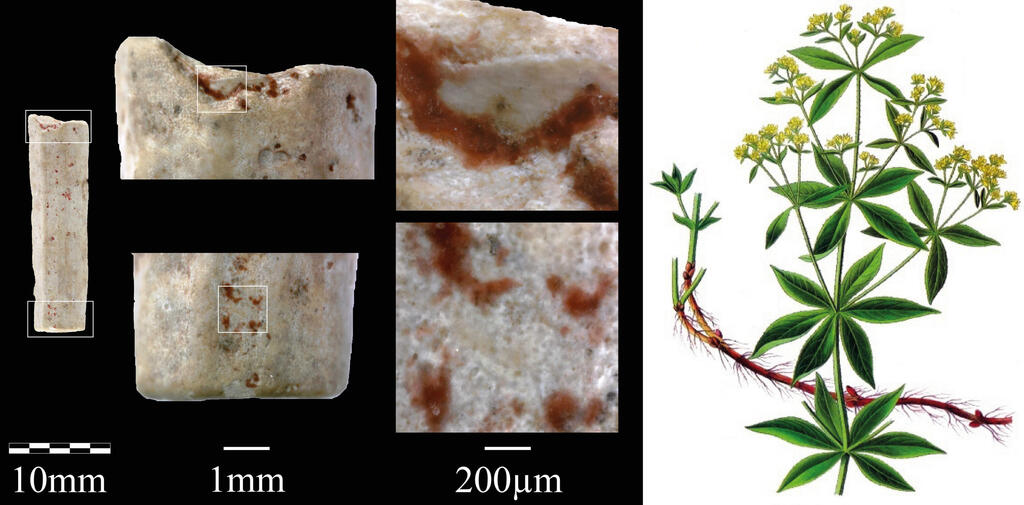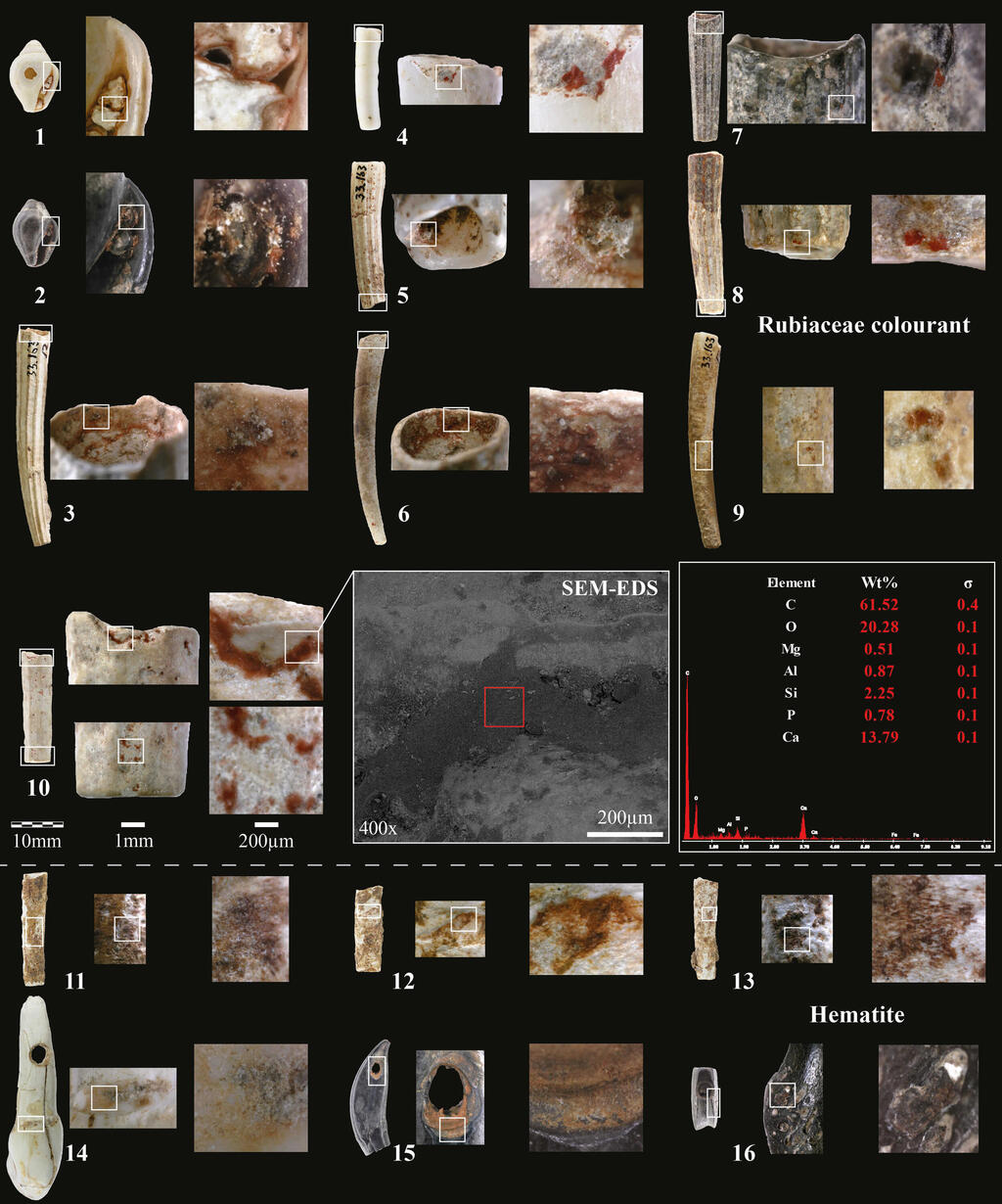Researchers from the Hebrew University discovered evidence of the use of organic red pigment in Israel dating back 15,000 years. This discovery, found in a Cave in the Carmel mountain range, is considered the earliest evidence globally of the use of red pigment from an organic source. This finding provides new insights into the cultural evolution of humans in ancient times and reveals previously unknown behavioral aspects.
Throughout human history, colors have been used for various purposes, such as body decoration, painting living spaces, and marking objects. While the use of red mineral pigments (ocher) by modern humans began over 140,000 years ago, colors from an organic source were only known to date back 6,000 years.
The new study, led by Dr. Laurent Davin from the Department of Archaeology and the Ancient Near East at the Hebrew University, in collaboration with the TEMPS laboratory of the French National Center for Scientific Research, unveiled new evidence for the use of organic red pigment. This was used by the Natufian culture, the first sedentary hunter-gatherers in the Levant, about 15,000 years ago.
The researchers found red-painted shell beads inside the cave, located in the Carmel Ridge Nature Reserve near the town of Zichron Ya'akov. The shells were examined using various microscopic methods for precise analysis, including a scanning electron microscope with an X-ray spectroscopy collector (EDS-SEM) and a Raman spectroscopy reader. These methods provided a chemical and molecular identification of the pigment.
By using a multidisciplinary approach that combines archaeological, chemical, and botanical expertise, the researchers identified that the source of the red color is in the roots of plants from the Rubiaceae family. Humans used these roots to give intense red hues to personal decorations.
This groundbreaking discovery alters the scientific understanding of human and cultural behavior during the Natufian period. "The use of organic red pigment suggests a higher level of intelligence than we previously thought," said Dr. Davin. "This research not only deepens our understanding of early human behavior but also underscores our ancestors' capacity for innovation and adaptation."



